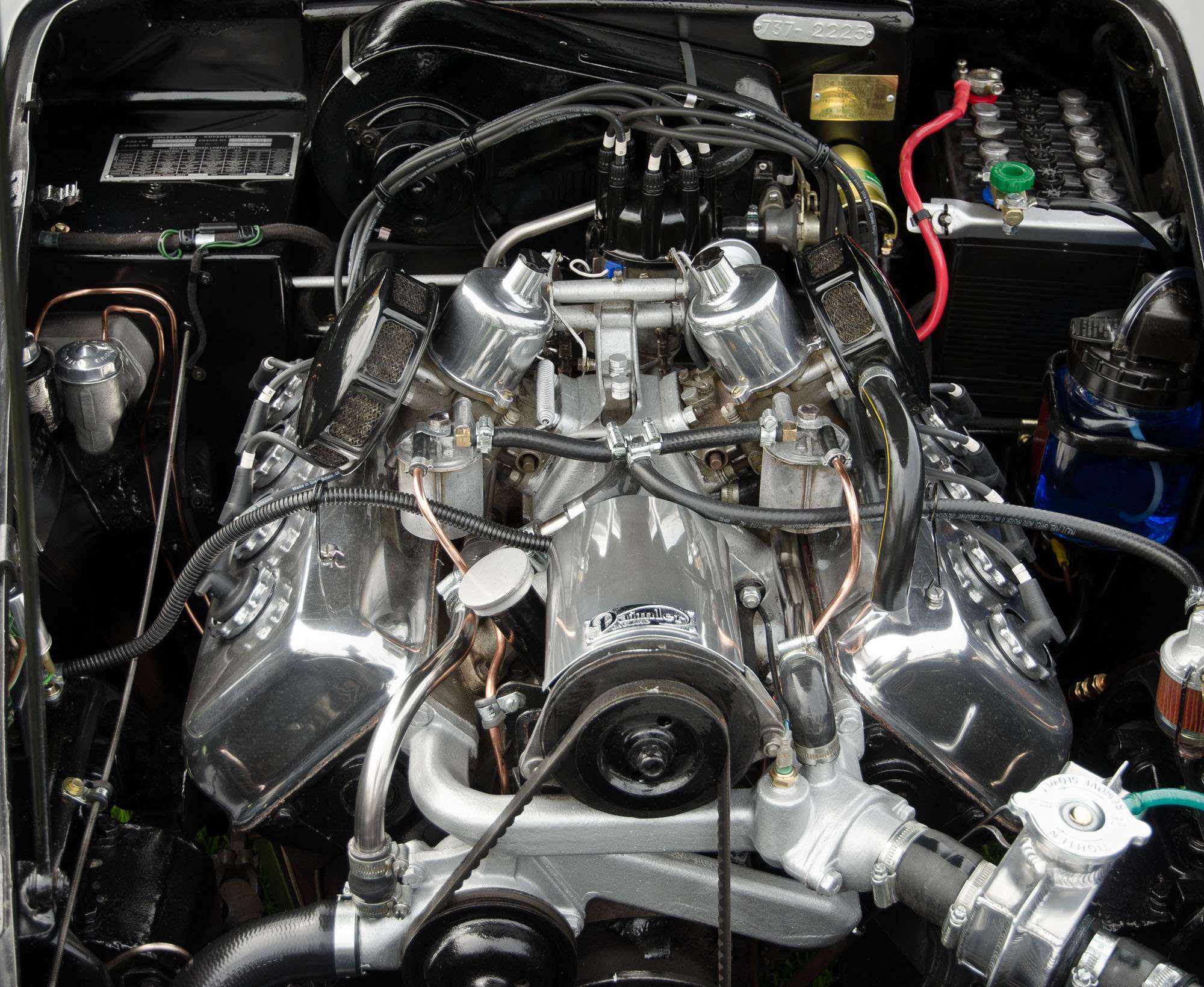Some of the bad alternator symptoms are dimming headlights, unusual smell like burning rubber and constant battery problems.
Addressing bad alternator symptoms promptly is essential because neglecting them can lead to more significant problems down the road.
Bad alternator symptoms.
Some of the common symptoms of a bad alternator to look out for are dimming vehicle lights, a dead car battery and a smell of burning rubber. Experiencing bad alternator symptoms can be frustrating and worrisome, but understanding the signs can help you address the issue before it becomes a major problem.
- Dimming headlights and interior lights.
If you notice that your headlights or interior lights are dimming, it could be a sign of a bad alternator. The alternator is responsible for providing power to these components, so when it starts to fail, the lights may flicker or become noticeably less bright.
- Frequent battery problems.
Another symptom of a bad alternator is frequent battery issues. You may find that your car has difficulty starting, with slow cranking or even complete failure to start.
This happens because the alternator is not properly charging the battery, leading to insufficient power when starting the engine. The car battery life is usually short when the alternator is faulty.
- Unusual smells of burning rubber.
Pay attention to any strange smells coming from your car, such as burning rubber or electrical smoke. These odors could indicate that the alternator is overheating or experiencing electrical issues. It’s important to address this promptly as it can lead to further damage if left unattended.
- Malfunctioning windshield wipers and power windows.
The alternator powers various electrical components in your vehicle, including windshield wipers and power windows. If they start acting up, it could be due to an underlying alternator problem.
- Check engine light.
While the check engine light can indicate multiple issues, a faulty alternator is one potential cause. Don’t dismiss this warning; have your car checked by a service center as soon as possible.
Take action before more severe car problems arise after recognizing these symptoms early on. If you suspect a bad alternator based on these symptoms, consider getting a new alternator installed by a professional mechanic. Addressing the issue promptly can save you from potential breakdowns and costly repairs down the road.
Recognizing and addressing bad alternator symptoms.
If you notice any of these symptoms, it is crucial to address them promptly to avoid further damage. Ignoring these signs may lead to a dead battery or even complete engine failure.
- Dashboard warning lights.
Dashboard warning lights, such as the battery light or check engine light, can serve as early indicators of a bad alternator.
- Unusual vehicle’s voltmeter gauge reading.
Keep an eye on your vehicle’s voltmeter gauge to monitor voltage fluctuations, which may point to a faulty alternator.
- Engine stalling.
If your car stalls or experiences power loss while driving, it could be a sign of an issue with the alternator.
How to deal with a bad alternator.
To ensure your safety on the road, use the following steps when dealing with bad alternator symptoms:
- If dashboard warning lights illuminate, consult a qualified mechanic immediately.
- Regularly check the voltmeter gauge for any abnormal voltage fluctuations.
- Should your vehicle stall or experience power loss while driving, pull over safely and contact a professional for assistance.
Attempting repairs without proper knowledge and expertise can worsen the situation. Prevent potential breakdowns and costly repairs down the line by taking appropriate action. This will keep your car running smoothly.
Bad alternator sound.
If you’re hearing strange noises coming from your engine, it could be a sign of a bad alternator. Here are some sounds to pay attention to:
- Grinding or whining noises.
If you hear these types of noises, it’s likely that your alternator is experiencing issues. These sounds can indicate problems with the internal components of the alternator.
- Squealing sounds when starting the car or using electrical components.
Pay close attention to any squealing noises that occur when you start your car or use electrical components like the radio. These high-pitched sounds could be a result of a failing alternator belt.
- Clicking sounds while driving.
Listen for clicking sounds while driving, as they might indicate potential alternator issues. This clicking noise can occur due to faulty voltage regulation or worn-out brushes within the alternator.
In addition to unusual sounds, other signs of a bad alternator may include a burning smell or odor. If you notice any unusual odors coming from your engine compartment, it’s advisable to have your alternator checked by a professional mechanic.
Warning lights indicating alternator problems.
If you see a battery-shaped warning light or an illuminated “ALT” or “GEN” light on your dashboard, it could be a sign of a bad alternator.
- Battery-shaped warning light.
Keep an eye out for this symbol. It indicates that there might be an issue with your alternator or charging system.
- Illuminated “ALT” or “GEN” indicator light.
This light specifically points to problems with your alternator. If it flickers or stays on while driving, don’t ignore it.
- Other warning lights related to the charging system.
Your car’s systems are interconnected, so if any other warning lights related to the charging system appear, take immediate action.
When these warning lights appear, it’s crucial not to brush them off. Ignoring them can lead to more significant problems down the road.
Remember that a bad alternator can affect different systems in your car, causing a wide range of symptoms and warnings. If you notice any of these signs or experience similar problems, consult a professional mechanic who can diagnose and fix the issue promptly.
By addressing alternator problems early on, you can prevent further damage and ensure that all systems in your vehicle continue running smoothly.
Belt issues and their connection to bad alternators.

Any belt issues can be identified when inspecting your vehicle’s belts. For example, pay attention to any signs of wear or damage such as cracks, fraying edges, or missing chunks.
If you notice any issues with the belts, it’s important to address them promptly to prevent further complications with your alternator.
1. Worn-out belt.
Check for loose, worn-out, or damaged belts in your vehicle’s engine compartment. These belts play a crucial role in powering various components, including the alternator.
2. Broken serpentine belt.
A broken serpentine belt can cause complete alternator failure. This belt is responsible for transmitting power from the engine to the alternator and other accessories.
3. Bad belt tension.
If the belt isn’t fastened tightly enough, it will not be able to move the different components of the internal combustion engine. Therefore, there will be insufficient recharging of the car battery.
In such a situation, the vehicle will utilize the remainder of the car battery charge to power the electric components. Hence leading to a dead car battery and a stalled vehicle.
How to ensure optimal performance of your vehicle’s alternator.
In order to ensure optimal performance of your vehicle’s alternator, you need to inspect the belts regularly and take corrective measures towards any irregulates like looseness, wear and tear.
- Regularly check the condition of all belts in your engine compartment.
- Replace any loose, worn-out, or damaged belts immediately.
- Maintain proper tension by adjusting belt tensioners if necessary.
- Lubricate bearings associated with the pulleys connected to these belts regularly.
Reduce the risk of bad alternator symptoms caused by faulty belts and ensure that your vehicle’s electrical system functions smoothly by taking these precautions and addressing any belt-related issues promptly.
A well-maintained belt system is essential for efficient power transmission between the engine and alternator, ultimately contributing to a reliable charging system for your vehicle.
Can you jumpstart a car with a bad alternator?
Yes, jump-starting a car can provide temporary power, but it won’t fix the underlying issues caused by a bad alternator. Sometimes a car won’t jumpstart like when the car battery lifespan has ended.
It’s important to understand that relying on jump-starts without addressing the root problem can lead to further damage to both the battery and starter motor over time.
- Temporary solution.
Jump-starting your car when you have a bad alternator might get you back on the road for a short while. However, keep in mind that this is just a temporary solution and won’t solve the underlying issue with your alternator.
- Battery drain.
A bad alternator fails to charge the battery properly, leading to gradual depletion of its power. While jump-starting can provide an initial boost, it won’t prevent future battery drain caused by the faulty alternator.
- Starter motor strain.
When jump-starting your car with a bad alternator, it puts additional strain on the starter motor. The starter motor works harder than usual as it compensates for the lack of power from the failing alternator. This increased workload can shorten its lifespan.
Remember, spark plugs play an essential role in starting your vehicle’s engine by igniting fuel in each cylinder. However, they are not directly related to fixing or compensating for a bad alternator.
To ensure proper functioning of your vehicle and avoid further complications, it’s crucial to address any issues with your alternator promptly rather than solely relying on jump-starts as a temporary fix.
Electrical issues caused by a bad alternator.
Car electrical issues arise from electrical components like the car battery, alternator, fuse-box and wiring. A bad alternator causes dimming car lights, malfunctioning electrical components and difficulties with the car’s charging system.
Experiencing electrical issues with your vehicle can be frustrating and inconvenient. If you notice any of the following symptoms of problems within the electrical system, it could indicate a faulty alternator:
- Flickering or pulsating headlights.
Even at idle, if your headlights flicker or pulsate, it is likely due to an alternator problem. This fluctuation in electrical power can be a sign that the alternator is not functioning properly.
- Malfunctioning electrical components.
Another common symptom of an alternator issue is when various electrical components start malfunctioning. Power windows that are slow or unresponsive, a radio that cuts in and out, or other electronics behaving erratically may all point to an underlying alternator problem.
- Difficulties with the car’s charging system.
A bad alternator can lead to problems with the car’s charging system. If your battery frequently becomes drained or fails to hold a charge despite being relatively new, it might be due to an issue with the alternator.
When left unaddressed, these electrical issues caused by a bad alternator can result in significant damage and costly repairs. Overheating of the alternator, trouble with the wiring and electricity flow within the vehicle’s electrical system can lead to further complications.
If you suspect an issue with your vehicle’s alternator, it is crucial to have it inspected and repaired promptly to avoid further damage. Ignoring these warning signs may leave you stranded on the side of the road or facing more extensive repairs down the line.
Addressing any potential problems early on can save you time, money, and frustration in the long run.

